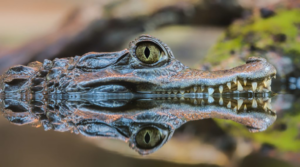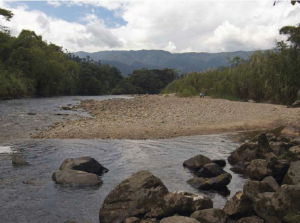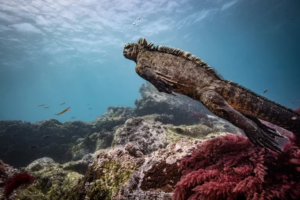Genovesa Island, also renowned as the “Island of Birds”, stands as a captivating jewel in the heart of the Galapagos Islands. Its geographical location is to the north of the archipelago. This secluded paradise beckons nature aficionados and bird enthusiasts alike, boasting an array of unique and pristine landscapes.
Unveiling the Origins: A Volcanic Marvel
Emerging approximately 4 million years ago through the forces of volcanic activity, Genovesa Island stands among the Galapagos’ youngest formations. Spanning a modest 14 square kilometres, this island showcases a diverse terrain, encompassing rugged cliffs, striking rock formations, and serene white-sand beaches.
A Symphony of Avian Life
Genovesa Island is distinguished by its vibrant avian population, making it a haven for birdwatchers. Within its borders, you’ll encounter an array of seabird species. These include the captivating blue-footed boobies, masked boobies, frigate birds, Nazca gannets, and Galapagos petrels. Visitors can enjoy the spectacle of these birds in their natural habitat, witnessing mesmerising flights and colourful mating rituals.
The Marvels of Darwin Canyon
Adding to the allure of Genovesa Island is the breathtaking Darwin Canyon, a geological wonder nestled in the island’s heart. This canyon is a sanctuary for diverse marine life, housing white-tip sharks, sea turtles, and an abundance of tropical fish. Exploring its depths offers a glimpse into the underwater wonders that contribute to the island’s ecological richness.
A Unique and Ethereal Haven
Genovesa Island unfolds as a truly magical destination, providing visitors with an unparalleled encounter with the diverse nature and biodiversity of the Galapagos Islands. In line with conservation initiatives, access to the island is meticulously regulated, ensuring the protection of its delicate ecosystem and securing its preservation for generations to come.
In conclusion, Genovesa Island stands as a testament to the untouched beauty of the Galapagos, inviting explorers to immerse themselves in its natural wonders while safeguarding its ecological balance for the future.

Foto: Encircle Photos

Foto: Sebastian Crespo




